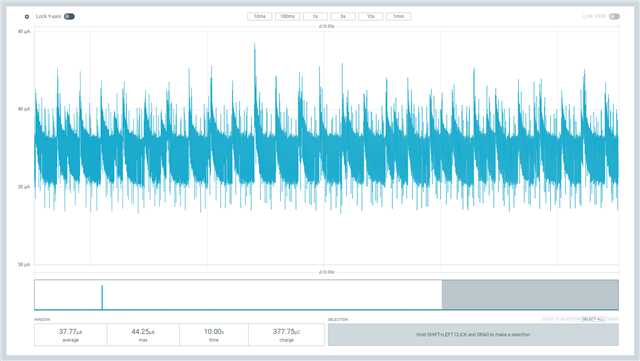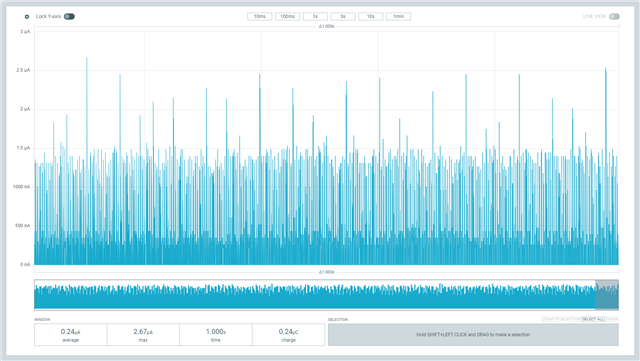Hi Nordic,
In my project, I have a NRF9160 and a NRF52832 with a ble host/controller stack over SPI HCI on NCS v2.5.2
As soon as I activate the HCI SPI in my project, the sleep current comsumption increase from ~26µA to ~68µA (delta is 42µA).
Is it possible to use HCI SPI without increasing current comsumption that much?






